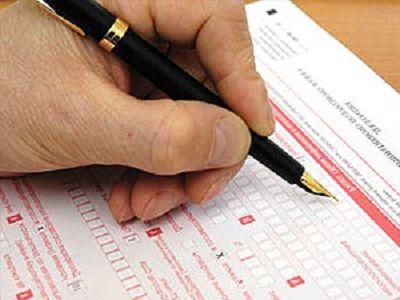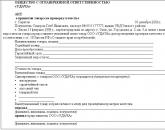OKATO codes. What is OKATO and how to find out the code at the place of residence?
Today in Russia, following the example of European countries, many different rather convenient classifiers have been created. For example, OKATO. What is OKATO and what are these codes for? This abbreviation has a fairly simple decoding. OKATO - It is needed to collect statistical data and automate their processing. Also, this classifier is used in economics and some other areas.
How are objects classified in OKATO?
So, OKATO - what is it, of course. How are objects distributed in this directory? To systematize data in OKATO, a conventional, fairly convenient hierarchical system is used. This classifier is represented by objects subordinate to top-level objects. In addition, the OKATO structure includes subsections (two in number). The first level, as expected, includes objects of federal significance. It can be a region, an autonomous region, a republic or a city. This is followed by autonomous okrugs (as part of regions), districts, districts of cities, etc. At the third level there are village councils, urban settlements, intracity districts and the like.
Sections of OKATO codes
What is OKATO, we found out. As mentioned above, this classifier contains two subsections:
- Rural settlements. At the same time, the concepts of "settlement", "PGT" and "village council" are different. An urban-type settlement can be considered a resort, dacha or working settlement. A village council is a volost, somon, okrug or village administration. A settlement is an aul, a village, a collective farm, a junction, etc.
- All other territorial (administrative) objects, which, in fact, form the basis of the classifier.
Each of the OKATO objects of the second section consists of three blocks:
- Name;
- identification;
- Additional Information.
There are two blocks for SNP (there is no "additional information").  Identification in both sections is the OKATO code.
Identification in both sections is the OKATO code.
Code definition by address
The OKATO code at the place of residence is not too difficult to find out. There are many sites on the net where you can find a special guide. You just need to find the necessary object, focusing on hierarchical levels. The easiest way, of course, is to visit the official resource of the NIV of the Tax Service Center. In addition, such a guide can be found in CARF. OKATA codes of the tax service of specific areas are available on the website of the Federal Tax Service.
Replacing OKATO with OKTMO
On January 1, 2014, the Ministry of Finance of Russia adopted a resolution to replace OKATO with OKTMO. Payments for the transfer of state duty, taxes, as well as other budgetary deductions will now have to indicate exactly them.  The presence of OKTMO codes is also mandatory in tax returns.
The presence of OKTMO codes is also mandatory in tax returns.
OKTMO for St. Petersburg and "old" Moscow
The OKATO code for Moscow, of course, should also be replaced with the OKTMO code. For this and some other cities, it does not consist of 11, but of 8 digits. The fact is that in the 11-digit code, the last three digits indicate the locality, which is part of the municipality. In its absence, an 8-digit code must be applied.
Code correspondence table
After the decision was issued, a rather serious confusion arose in the classification system. Therefore, on behalf of the Ministry of Finance, a special code correspondence table was developed, brought to the attention of the departments of the Federal Tax Service, the Federal Tax Service and Rosstat. Knowing your OKATO, it is very easy to determine the corresponding OKTMO code from this table. You can also simply indicate your old OKATO in the document. In this case, the Treasury will independently determine the new code.
So, we hope we have answered the question: “OKATO - what is it?” At the moment, these codes are not used, since they have been replaced by OKTMO codes. Each organization has in its hands from the Statregister, issued during registration. It contains the OKTMO code, but it is incorrect. The classifier according to which it was affixed was canceled at the end of last year (2013). Its codes do not match those of the new OKTMO. Entrepreneurs and chief accountants of organizations should be aware of this.
Popular
- How to get a TIN: possible ways
- What kind of business can you do?
- Written notice of termination of the lease
- Business from scratch. Things to do?
- Cost of goods sold: formula, methodology and calculation example
- How to write a vacation application - examples
- What kind of business can be opened in a small town or village?
- The formula for calculating the cost of services, products sold and total cost
- Sample memorandum: I bring to your attention
- Example of an explanatory note for being late for work




